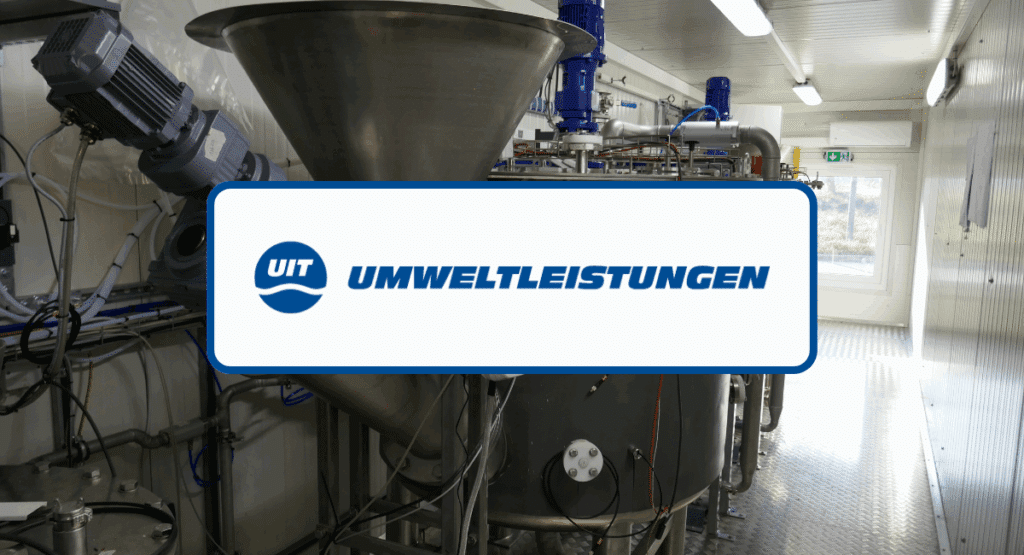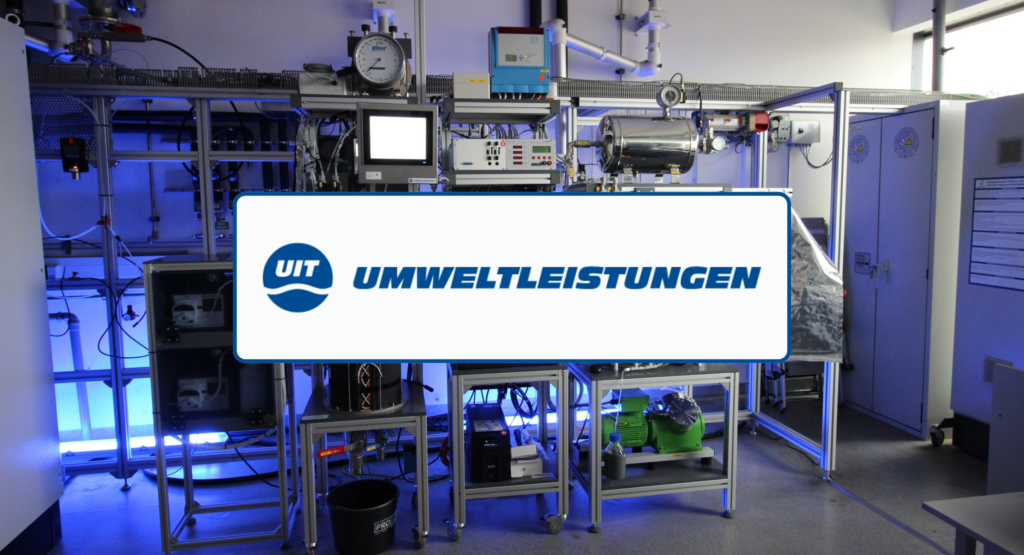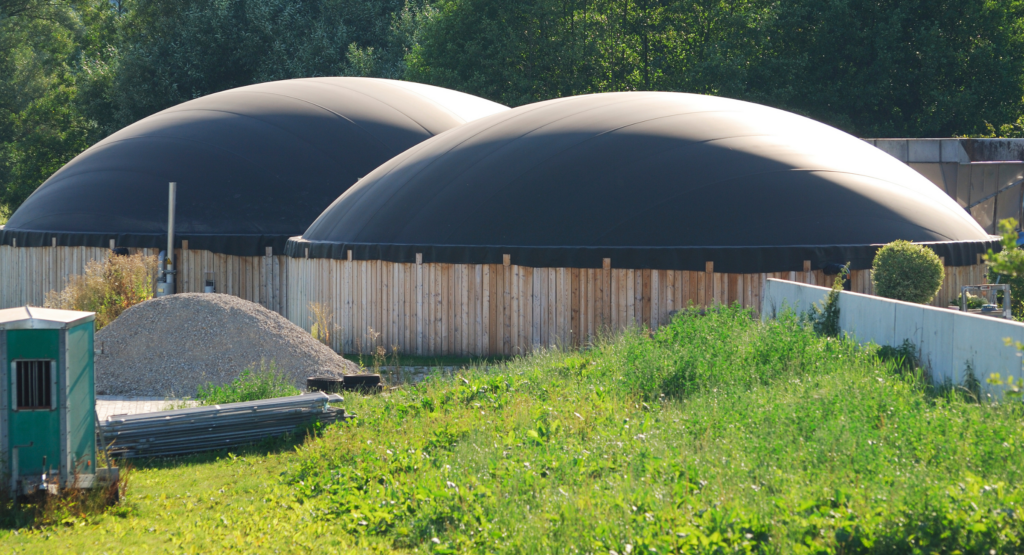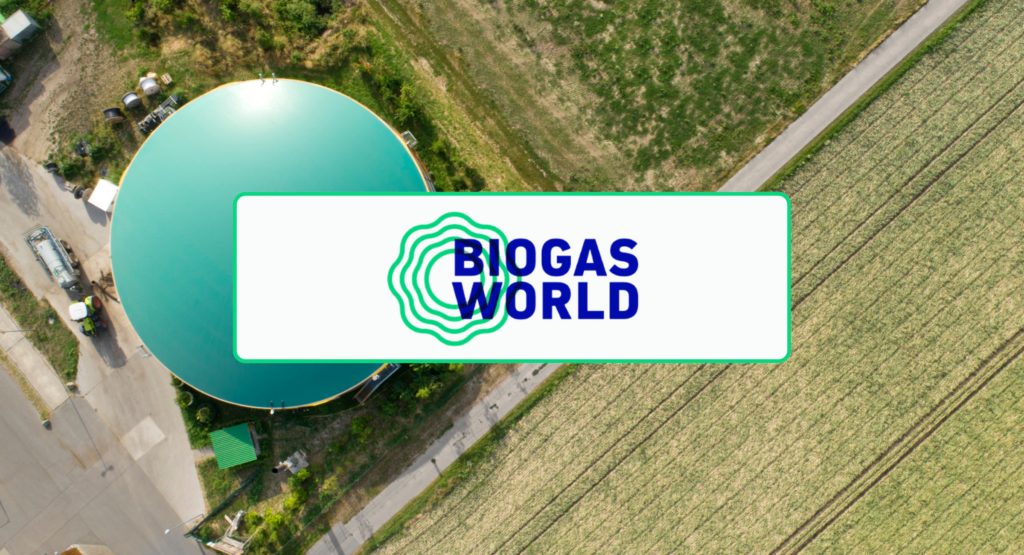Bridging R&D and Practice with Pilot Plants for Anaerobic Digestion

Bridging R&D and Practice with Innovative Laboratory and Pilot Plants for Anaerobic Digestion
By Umwelt- und Ingenieurtechnik GmbH Dresden (UIT)
It is not only in the US that record investments and growth are being seen in the biogas industry. In 2024, USD 3 billion was invested in new biogas plants, an increase of 40% compared to 2023.
In light of this fact, the use of new technologies and testing on a laboratory and pilot scale is becoming increasingly important.
At Umwelt- und Ingenieurtechnik GmbH Dresden (UIT), a company with 35 years of experience within the US-based General Atomics Group, there are exciting developments in the market for laboratory and pilot plants for anaerobic digestion and bioreactor technology, too.
In addition to modularity and energy efficiency, the focus is now on the integration of new effective technologies such as dark fermentation or biological methanization.
Further reactor types can be integrated:
• Continuous stirred tank reactor – CSTR reactor
• Trickle bed reactors
• UASB/EGSB reactors
• Dry fermentation reactor
• Batch leaching reactors
• Photobioreactors
• Biological methanation reactors

Current Trends and Developments
1. Increasing research to evaluate new organic substrates, process parameters, and microorganisms to break down waste, and to recover energy and recyclable materials (e.g., energy and fertilizers).
2. Combination with other processes, e.g. H2-applications.
3. Dark fermentation.
4. Integration of light using phototrophic microorganisms.
5. Modular and mobile systems: Small, containerized systems (“plug-and-play”) are becoming increasingly popular because they are easy to install and run.

From Controlled Conditions to Scalable Results – Why UIT Stands Out
No matter how different your requirements may be, you can put together your lab-scale plant according to your needs. Take advantage of the following benefits:
1. Modular systems with individually configurable reactors that can be operated separately or in lines.
2. Scalability from laboratory to pilot plant/container solutions, ranging from laboratory scale (15 L) to pilot plants and containerized systems > 1,000 L.
3. High data quality & remote access, real-time visualization, intuitive operation by SENSOcontrol, enabling efficient analysis, process monitoring, and optimization – even from a distance.
4. “Test before invest” philosophy for typical applications reduces investment risks and maximizes methane yield.
5. Easy installation, expansion and maintenance: Simple, modular, maintenance-friendly.
For more information, read our USA Biogas Magazine.





Comments